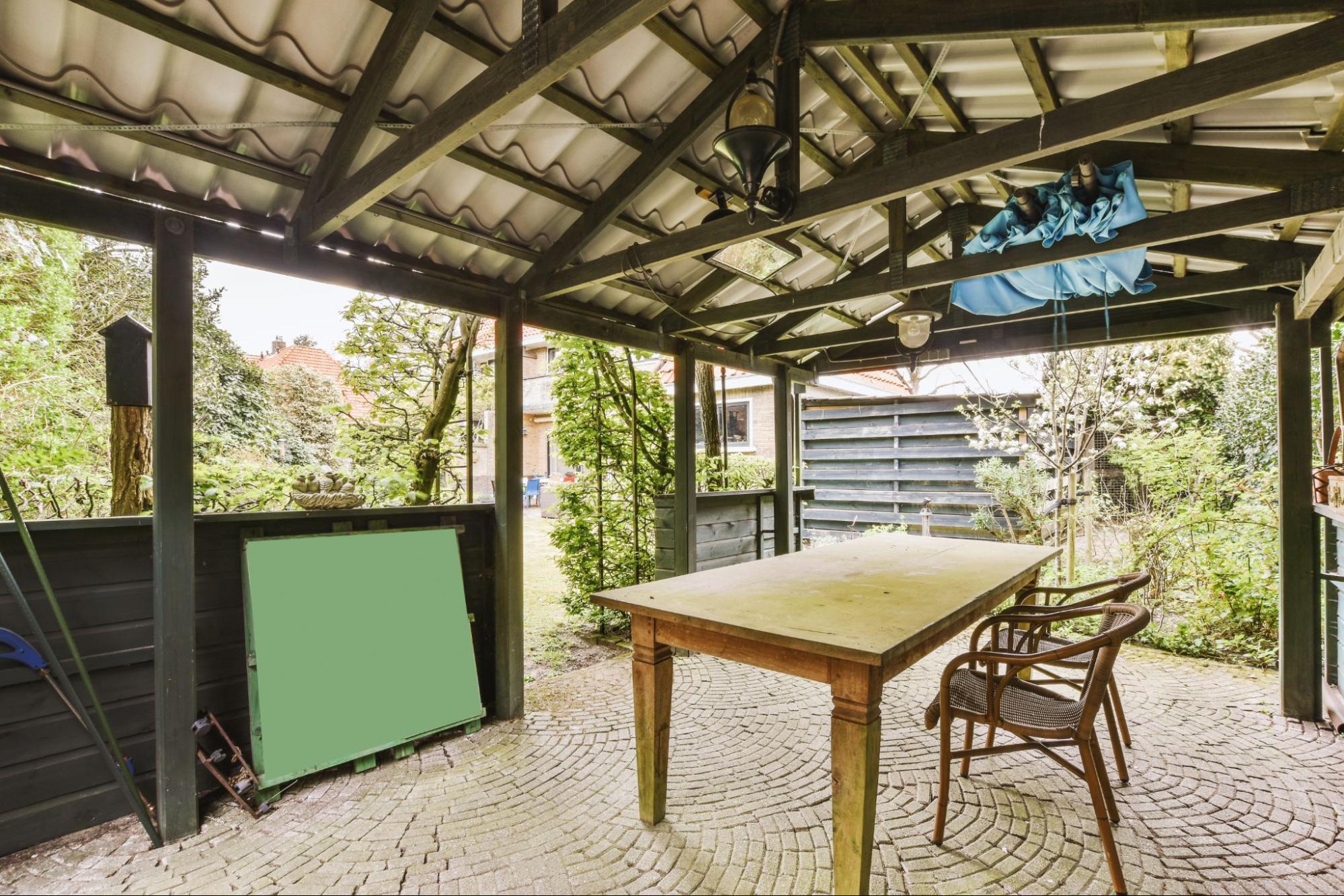Gazebos vs Pop-Up Gazebos: What's The Difference?
18th Dec 2023

Whether for a garden party, outdoor event, or simply a quiet place to enjoy a cuppa, gazebos offer both functionality and aesthetic appeal. But what sets standard gazebos and pop-up gazebos apart? This guide delves into the world of gazebos and pop-up gazebos, highlighting their differences to help you make an informed decision for your outdoor space.
What Are Gazebos?
A gazebo is a freestanding, open garden structure, often octagonal or round, with a solid roof and partially open sides.
Originating from ancient garden traditions, gazebos have been gracing outdoor spaces for centuries. Typically made from wood, metal, or vinyl, these structures are designed to withstand the elements and offer a permanent addition to any garden.
Types of Gazebos
- Permanent Gazebos: These are sturdy structures built on a fixed location. Often made from wood like cedar or pine, they can also be crafted from metal or vinyl.
- Garden Gazebos: Designed specifically for gardens, these gazebos often feature intricate designs and can be adorned with climbing plants and flowers.
- Pavilion-style Gazebos: These are larger and more open, suitable for hosting events or large gatherings in parks or spacious gardens.
Pros Of Gazebos
- Durability: Gazebos are robust and can last many years.
- Aesthetic Appeal: They add a touch of elegance to any garden.
- Customisation Options: Gazebos can be tailored to fit the style of any garden.
Cons Of Gazebos
- Cost: They can be quite expensive, both in terms of materials and installation.
- Installation: Installing a gazebo can be a time-consuming and complex process.
What Are Pop-Up Gazebos?
Pop-up gazebos are lightweight, portable shelters that can be easily set up and taken down. They consist of a canvas roof supported by a metal frame and are ideal for temporary use at events, markets, or in gardens.
[insert image of pop up gazebo from TFH website]
Types of Pop-Up Gazebos
- Basic Pop-Up Gazebos: Simple, easy-to-assemble structures, ideal for casual use.
- Heavy-Duty Pop-Up Gazebos: More robust and designed for frequent use or in slightly harsher weather conditions.
- Commercial Pop-Up Gazebos: These include models designed for specific purposes, such as commercial events or markets.
Pros Of Pop-Up Gazebos
- Portability: Easy to transport and set up.
- Flexibility: Can be used for various events and locations.
- Ease of Setup: Quick to assemble and disassemble.
Cons Of Pop-Up Gazebos
- Durability: Generally, not as durable as permanent gazebos.
- Weather Resistance: They may not withstand extreme weather conditions as effectively as traditional gazebos.
Comparing Gazebos vs Pop-Up Gazebos
Design & Aesthetics
While gazebos are often more visually appealing with their permanent structures and potential for intricate designs, pop-up gazebos offer practicality and modern simplicity. The choice between the two often comes down to whether you prefer a long-term, aesthetic addition to your garden or a versatile, functional shelter.
Functionality & Use-Cases
Gazebos are ideal for permanent outdoor relaxation spaces, whereas pop-up gazebos are more suited for events like garden parties or outdoor markets. The latter's mobility allows for varied use in different locations and scenarios.
Cost & Value for Money
Investing in a gazebo can be more costly upfront but offers lasting value due to its durability and potential to enhance property value. Pop-up gazebos are more affordable and will last for years, provided they are made from durable materials .
Ease Of Installation & Mobility
The installation of a traditional gazebo requires more time and effort, often necessitating professional help. In contrast, pop-up gazebos can be easily set up by two people, making them ideal for impromptu outdoor gatherings.
Read more: How To Put Up A Pop-Up Gazebo.
What’s Right For Your Needs?
Understanding the differences between gazebos and pop-up gazebos is crucial in choosing the right one for your needs. Whether it’s the elegance and durability of a traditional gazebo or the flexibility and convenience of a pop-up gazebo, your choice should align with your outdoor space requirements, aesthetic preferences, and budget.
Frequently Asked Questions
What is the average lifespan of a gazebo vs a pop-up gazebo?
A traditional gazebo can last several decades with proper maintenance, while a pop-up gazebo typically lasts for 5 to 10 years, depending on the frequency, conditions of use and the model purchased..
Can pop-up gazebos withstand harsh weather?
Basic pop-up gazebos are not designed for extreme weather, but heavy-duty models and those in our commercial ranges can handle more challenging conditions.
Are there any legal considerations or permissions required for installing a gazebo?
In some cases, yes. It’s always best to check with your local council for any planning permissions required, especially for permanent structures.
How much maintenance is required for a gazebo compared to a pop-up gazebo?
Permanent gazebos require regular maintenance like painting or sealing, especially wooden ones. Pop-up gazebos need minimal maintenance, mostly cleaning and checking for any damage after use.
What are the best materials for a durable and long-lasting gazebo?
For traditional gazebos, durable woods like cedar or metal like wrought iron are excellent choices. For pop-up gazebos, look for heavy-duty canvas and a sturdy metal frame.
Did you know that all of our pop-up gazebos are made from 100% waterproof and UV-resistant materials? Check out our full range here.









